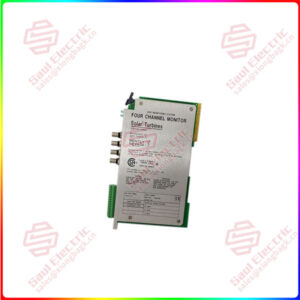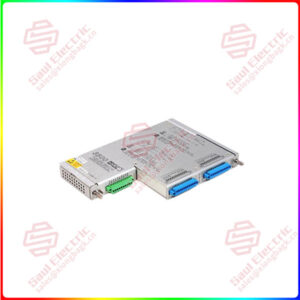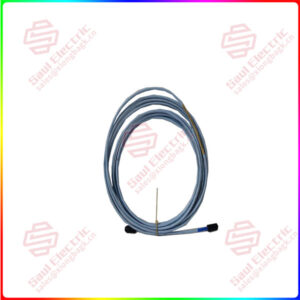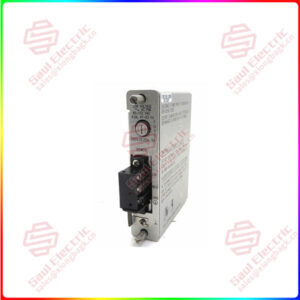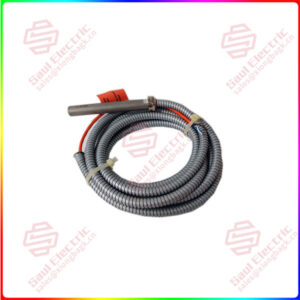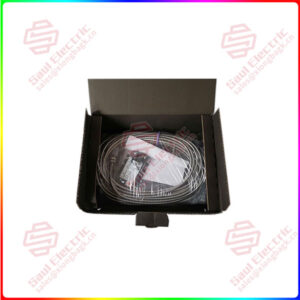Description
Overview
Essential details:PCI-6527 NI Digital I/O Device
The National Instruments PCI-6527 (Part Number: 777810-01) is a parallel Isolated Digital I/O Device for compact PCI Chassis, PXI, or PCI bus computers. This 48-bit device comes featured with 48 channels, which can acquire isolated digital data. Twenty-four of the channels are solid-state relay outputs, whereas the remaining 24 channels are optocoupled inputs. Every input channel has two differential isolated terminals: one for the signal and one for the reference. The device has 24 digital I/O input channels, and 24 digital I/O output channels. A difference of 2 to 28 VDC is possible between the two terminals registers as a logic high. However, the logic low is between 0 and 1 V. With this model, the user can sense up to 28 VDC digital levels and switch currents to 120 mA maximum.

PCI-7342
Superiority products PCI-6527 NI Digital I/O Device
- The PCI 6527 National Instruments features digital filtering to eliminate glitches or spikes on the input lines. In addition, all the input lines can generate interrupts on rising/falling edges to notify the user about changing data. This Digital I/O Interface is a jumperless DAQ device, which comes equipped with the National Instruments proprietary PCI MITE interface. The NI PCI-6527 is considered an ideal solution for low voltage switching and isolation in both laboratory and industrial environments. The device is equipped with a 100-pin female I/O connector. It has the dimensions: 6.9 x 4.2 in
To read the status of external digital logic at non-TTL and TTL levels, users can utilize optically-isolated digital lines. The solid-state relay outputs on this device can be used in the switching of external devices and to control logic levels at either TTL or non-TTL levels. With this device, the user can decouple the harsh ground and noise of the computer from any external signal because of its isolated nature. The device operates using the NI-DAQ driver software. There are also a variety of software packages/application development environments required to program the device in conjunction with the NI-DAQ software–you could choose any of LabVIEW, Measurement Studio, Visual C++, Visual C++, LabWindows/CVI, or Visual Basic. LabVIEW and Measurement studio especially, will substantially reduce your development time.


 1 Year Warranty
1 Year Warranty
